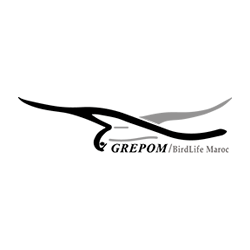Morocco
Climate: Mediterranean, Semi-arid, Continental
Habitats: Mountain, Desert, Plains, Sea
Millions of migratory birds fly between their breeding sites in temperate and Arctic zones in Northern Europe and Asia, and winter in warmer regions like western and Southern Europe, the Mediterranean, and Sub-Saharan Africa. The unsustainable hunting and illegal killing of birds along Africa’s Mediterranean north coast is significantly harming migratory species, and constitutes a considerable challenge for bird conservation
If you go to Morocco, on the North African coast, you may be lucky enough to witness the fabulously high flyway of birds traveling from Africa to Europe and back again. You can see everything from sea-dwelling birds to Desert Sparrows (Passer simplex). If you’re keen, you should now that the best times for avian observation are the spring and fall migrations.
Over five thousand Griffon Vultures (Gyps fulvus) migrate through northern Morocco twice a year, and an increasing number of Rüppell’s Vultures (Gyps rueppelli) also migrate through the region – a bit of a paradox, since the latter species is declining in its West African breeding areas, which is where these vagrants come from.
Sadly, some of these vultures sometimes end up meeting an untimely death. This can happen for several reasons: exhaustion after crossing the Strait of Gibraltar, flight difficulties, collision with power structures and, infuriatingly, due to illegal killing.
Thankfully, GREPOM is here: BirdLife’s partner in Morocco. Its main mission is the conservation of wild birds and their habitats, throughout the country. With GREPOM, birds have a friend they can count on!

